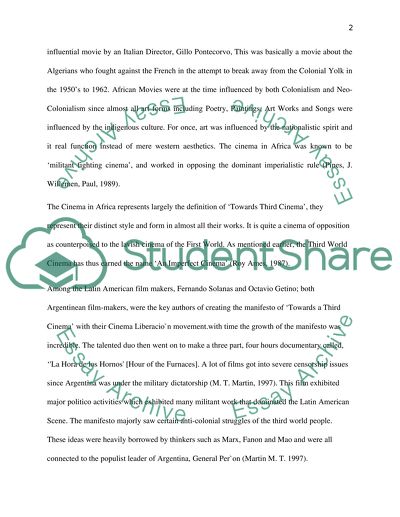Cite this document
(“FILM FORM IN WORLD CINEMA Essay Example | Topics and Well Written Essays - 1750 words”, n.d.)
Retrieved from https://studentshare.org/visual-arts-film-studies/1430466-film-form-in-world-cinema
Retrieved from https://studentshare.org/visual-arts-film-studies/1430466-film-form-in-world-cinema
(FILM FORM IN WORLD CINEMA Essay Example | Topics and Well Written Essays - 1750 Words)
https://studentshare.org/visual-arts-film-studies/1430466-film-form-in-world-cinema.
https://studentshare.org/visual-arts-film-studies/1430466-film-form-in-world-cinema.
“FILM FORM IN WORLD CINEMA Essay Example | Topics and Well Written Essays - 1750 Words”, n.d. https://studentshare.org/visual-arts-film-studies/1430466-film-form-in-world-cinema.


